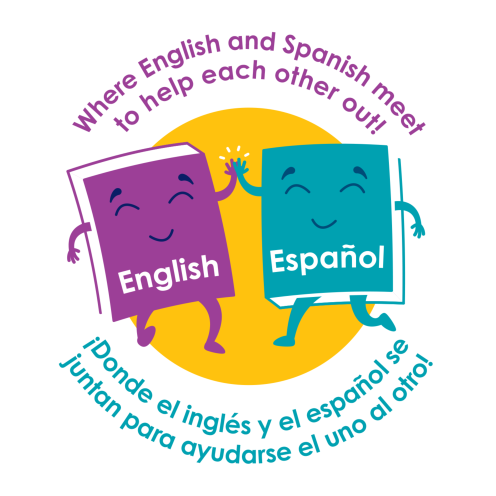English Learners
Really Great Reading provides phonics instruction tailored to meet the unique needs of English Learners, ensuring all students can access high-quality literacy support. Our approach enables monolingual and multilingual teachers to effectively deliver lessons without the need to speak another language, engages students by highlighting the value of multilingualism, and involves families in supporting their child’s literacy progress.
Our solutions recognize the rapid growth of English Learners and the value of multilingualism as an asset in today’s interconnected world. Our products foster student engagement by celebrating different backgrounds.

The Multilingual Supply Room offers an easily accessible selection of supplemental resources designed to support English Learners in their phonics journey. With resources available in 8 languages, instructional animations, trainings, and printable materials, this handy collection complements Really Great Reading's foundational literacy products and leverages students' existing language skills to support both classroom and intervention settings.

The Multilingual Supply Room provides educators with a well-rounded toolkit, offering digital and printable resources to help students build foundational reading skills in English with confidence and clarity.
- A wide selection of resources, including instructional animations, training, and printable materials.
- Designed to complement Really Great Reading's foundational literacy products: Countdown, Blast, and HD Word.
- Resources that build on students’ existing language abilities, supporting their transition to English literacy.
- Instructional animations explaining key English phonics skills and strategies in student’s native language.
- Ready-made phonics teaching guides and lesson plans that provide a strong foundation for ELs.
- Printable materials, such as anchor charts, flashcards, and worksheets, for seamless classroom implementation.
- Virtual professional development that provides for a positive perspective on best practices when teaching multilingual learners.
- Multilingual handouts to help families understand U.S. school norms and how to best support their child's English language development
- Enhanced school-to-home connection and communication boost student engagement and ownership of each learner’s academic journey
RGR con Español offers a comprehensive suite of resources tailored to support Spanish-speaking students in their English literacy journey. By leveraging their existing Spanish language skills, this collection includes explanatory animations, school-to-home resources, and printable materials, designed to complement Really Great Reading's foundational literacy products.

- Explanatory animations that connect English phonics instruction to Spanish language skills, along with school-to-home resources to keep families engaged in their child’s literacy development
- Printable and visual supports designed to enhance both classroom and at-home practice
- Activities that leverage Spanish knowledge to strengthen English phonics
- A scope and sequence that highlights shared and unshared traits in the English and Spanish language to leverage language skills and reinforce phonics instruction
- Ready-to-use phonics guides, lesson plans, and printable resources to support Spanish speaking students
- Virtual professional development on best practices for supporting Spanish-speaking English Learners
Our foundational literacy programs, Countdown, Blast, and HD Word, offer a collection of resources designed to support English Learners by recognizing and building upon their existing language skills. These resources integrate multisensory activities, visual aids, and skill-building routines.
Support Highlights:
Developed with an asset-based approach to create an engaging environment for all students
Visual aids, multi-sensory activities, and skill-building routines
Meets the diverse needs of students at varying proficiency levels
Honor students’ skills and knowledge, regardless of their English proficiency levels

